Honeysuckle Vine Care: How To Grow A Honeysuckle Vine In The Garden
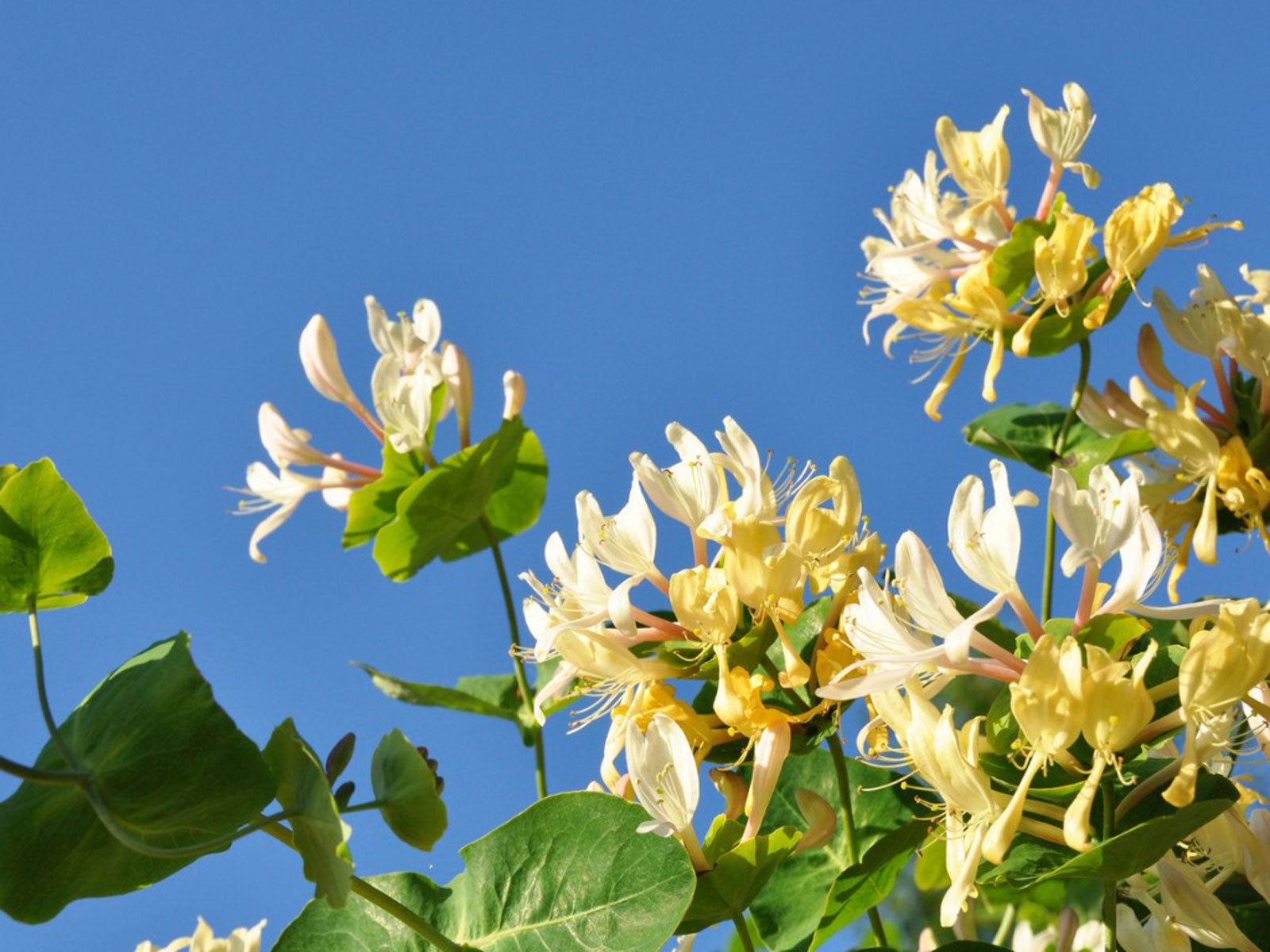
Everyone recognizes the lovely fragrance of a honeysuckle plant and the sweet taste of its nectar. Honeysuckles are heat-tolerant and wildly attractive in any garden. A honeysuckle plant is a great addition to any landscape and will draw abundant wildlife with its sweet, yellow to bright-red blossoms.
Honeysuckles (Lonicera spp.) belong to a large family that consists of hardy shrubs and vines that grow in almost every state in America. There are over 180 different varieties of honeysuckle. Some are deciduous and some, in warmer regions, are evergreen. Because of their versatility and abundance, growing and caring for honeysuckle vines is easy.
How to Grow a Honeysuckle Vine
While honeysuckles prefer full sun, they will tolerate some shade. The honeysuckle plant is also tolerant of different soil types, though it helps to grow the vine in well-draining soil amended with organic matter.
Honeysuckles can be grown as ground cover in suitable areas but most do best with some type of support, either along a fence or on a trellis. They can also be grown in containers.
- Using a Fence or Trellis - Honeysuckles take well to a sturdy fence, post, or trellis and will gladly cover even a very large trellis in a short amount of time. As the plant matures, it has a tendency to shade the lower portion of the vine, which causes the bottom to become woody and unattractive. Therefore, you should thin out the top half of the vine during the dormant season to keep it healthy. If you wish, allow your honeysuckle vine to cover an arbor. This is a great way to provide a shady spot in a sunny landscape.
- Containers - Many varieties of honeysuckle perform well in containers as long as they receive regular water and an application of 10-10-10 plant food at the beginning of the growing season. Provide a trellis for your container vine or allow it to hang in a basket.
Caring for Honeysuckle Vines
Other than occasional watering, honeysuckle vine care is not difficult; however, pruning is a good practice. Vine species of honeysuckle can become invasive as a ground cover, if not controlled, and require clipping to tame. Therefore, regular shearing and shaping will keep this beauty within its boundaries.
Pruning honeysuckle vine is generally done in the fall or winter when the honeysuckle plant is dormant. If your honeysuckle vine has been left untamed, don't worry about giving it a good heavy prune.
The vine will pop back up again in the spring. If you wish to use honeysuckle vines for erosion control, you will not need to prune them.
Gardening tips, videos, info and more delivered right to your inbox!
Sign up for the Gardening Know How newsletter today and receive a free copy of our e-book "How to Grow Delicious Tomatoes".
With annual pruning, honeysuckle vine care is not a problem. The plant will happily return each year, providing an abundance of blooms and sweet nectar for both you and wildlife.
-
 4 Superfast Composting Methods: Turn Waste Into Garden Gold In 30 Days Or Less
4 Superfast Composting Methods: Turn Waste Into Garden Gold In 30 Days Or LessTry the fastest composting methods to turbocharge your pile and transform kitchen scraps and garden waste into finished compost in just a few weeks.
By Mary Ellen Ellis
-
 Best Spider Plant Soil – Complete Soil Guide And Expert Tips For Keeping Plants Happy
Best Spider Plant Soil – Complete Soil Guide And Expert Tips For Keeping Plants HappySpider plants are fun and easy plants to grow, but what is the best soil for a spider plant? Selecting the right soil is important so they can thrive.
By Bonnie L. Grant
-
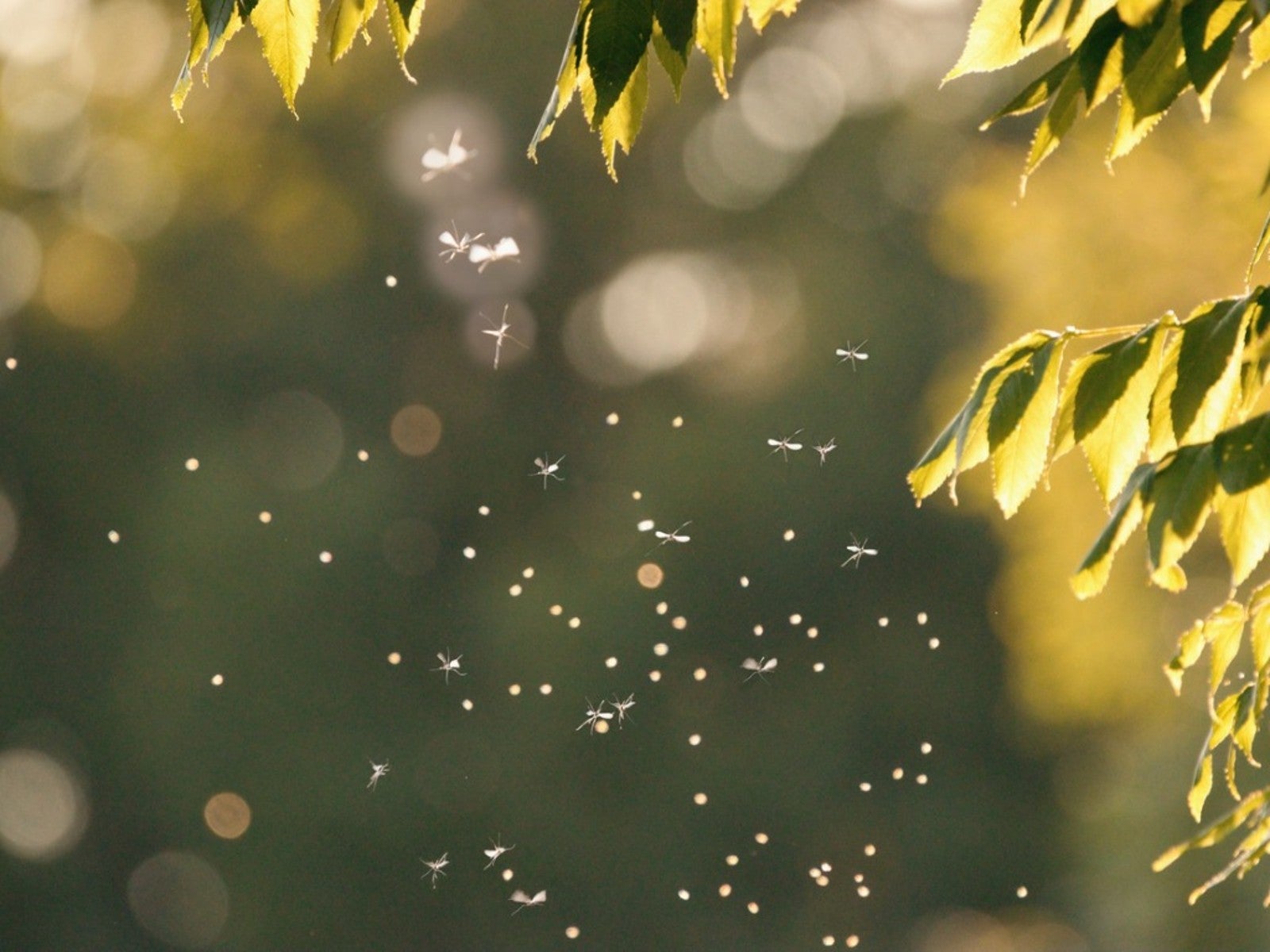 Honeysuckle Plants That Attract Mosquitoes
Honeysuckle Plants That Attract MosquitoesRecently, scientists have discovered a big problem: non-native honeysuckles might increase your yard’s mosquito population.
By Mary Ellen Ellis
-
 DIY Honeysuckle Wreath: How To Harvest And Use Honeysuckle
DIY Honeysuckle Wreath: How To Harvest And Use HoneysuckleWreaths lend a natural note to holiday decorations. Learn how to make a honeysuckle wreath for a keepsake you can use for years to come.
By Mary Ellen Ellis
-
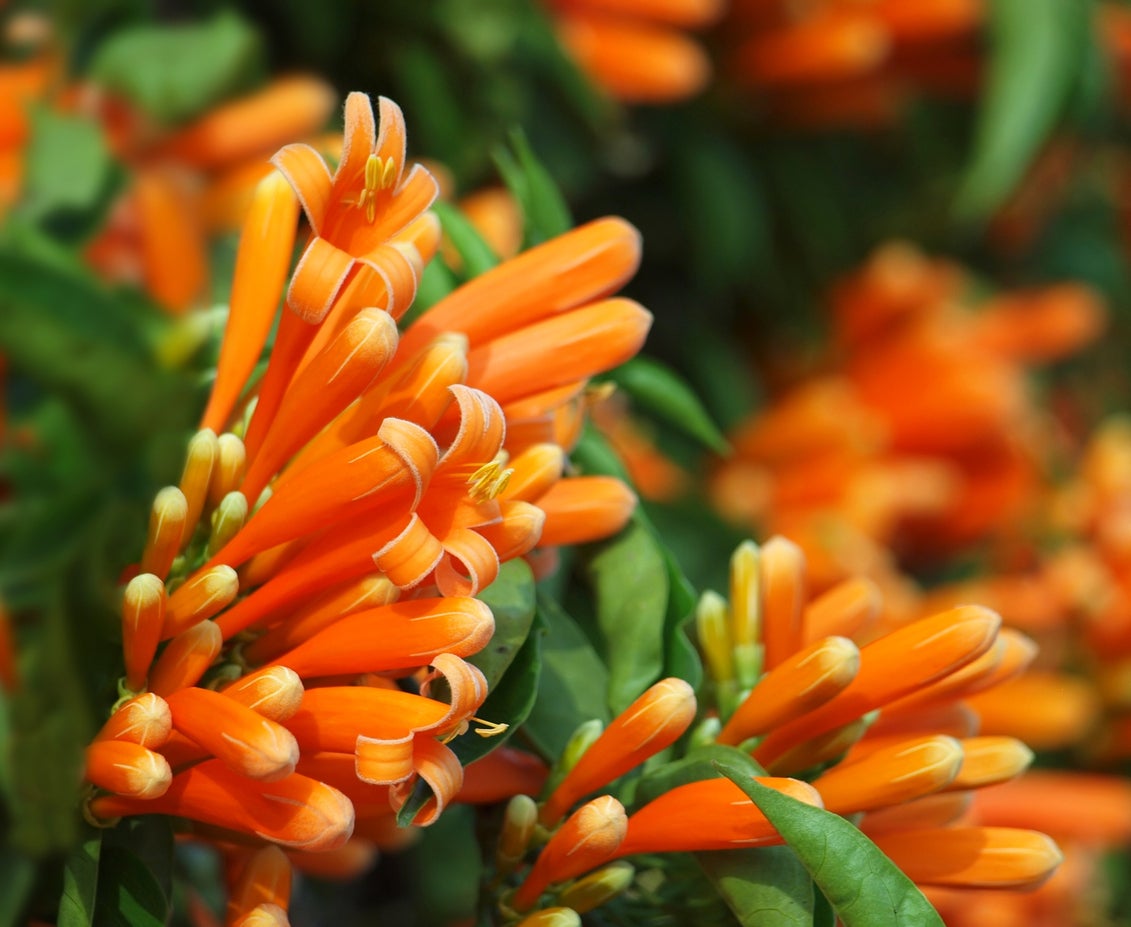 What Is Western Honeysuckle – How To Grow Orange Honeysuckle Vines
What Is Western Honeysuckle – How To Grow Orange Honeysuckle VinesWestern honeysuckle vines climb up some 33 feet (10 m.) and decorate the garden with sweet-smelling orange blossoms. Click this article for information about these vines including tips on how to grow orange honeysuckle in your home landscape.
By Teo Spengler
-
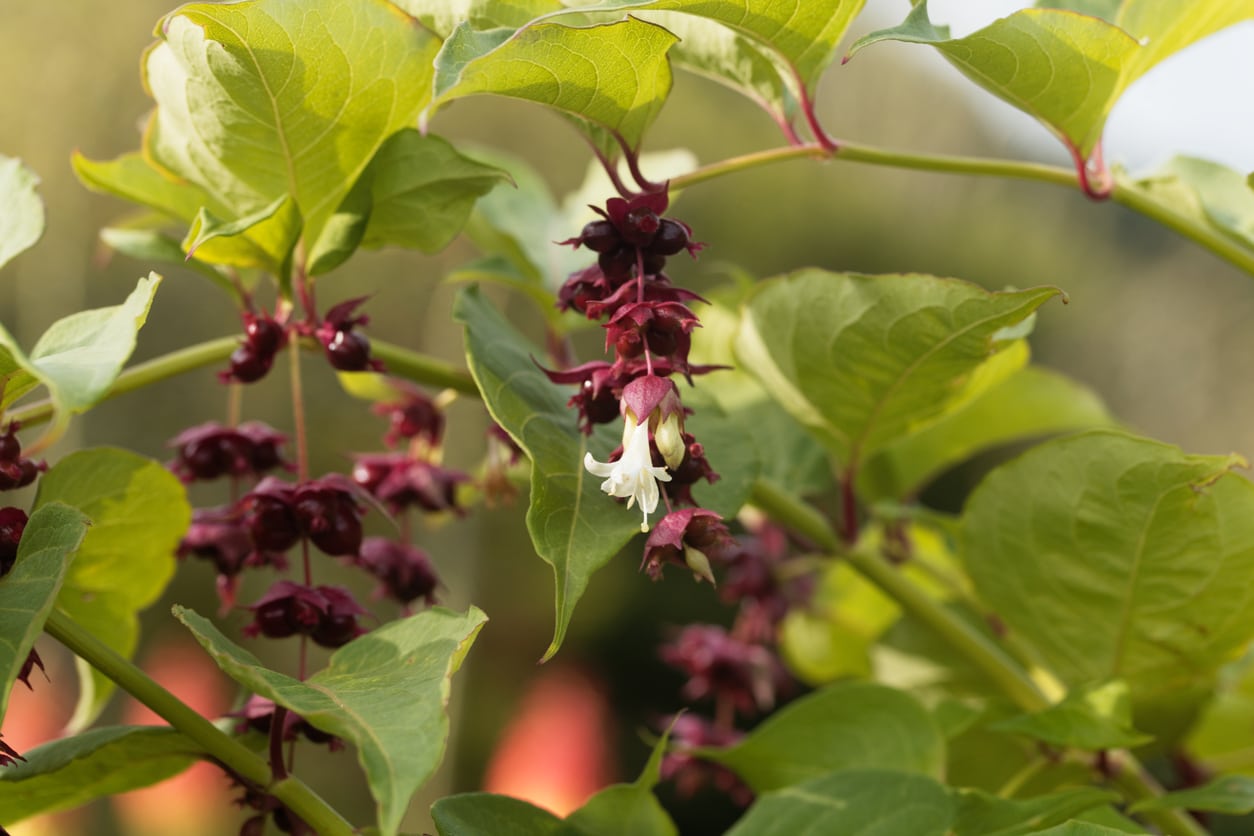 Himalayan Honeysuckle Plants: Tips For Growing Himalayan Honeysuckles
Himalayan Honeysuckle Plants: Tips For Growing Himalayan HoneysucklesHimalayan honeysuckle plants develop a truly unique looking flower. It is a carefree blooming plant that is attractive to butterflies, bees and even hummingbirds. The blooms are followed by tiny purple berries. Learn more about the plant in this article.
By Bonnie L. Grant
-
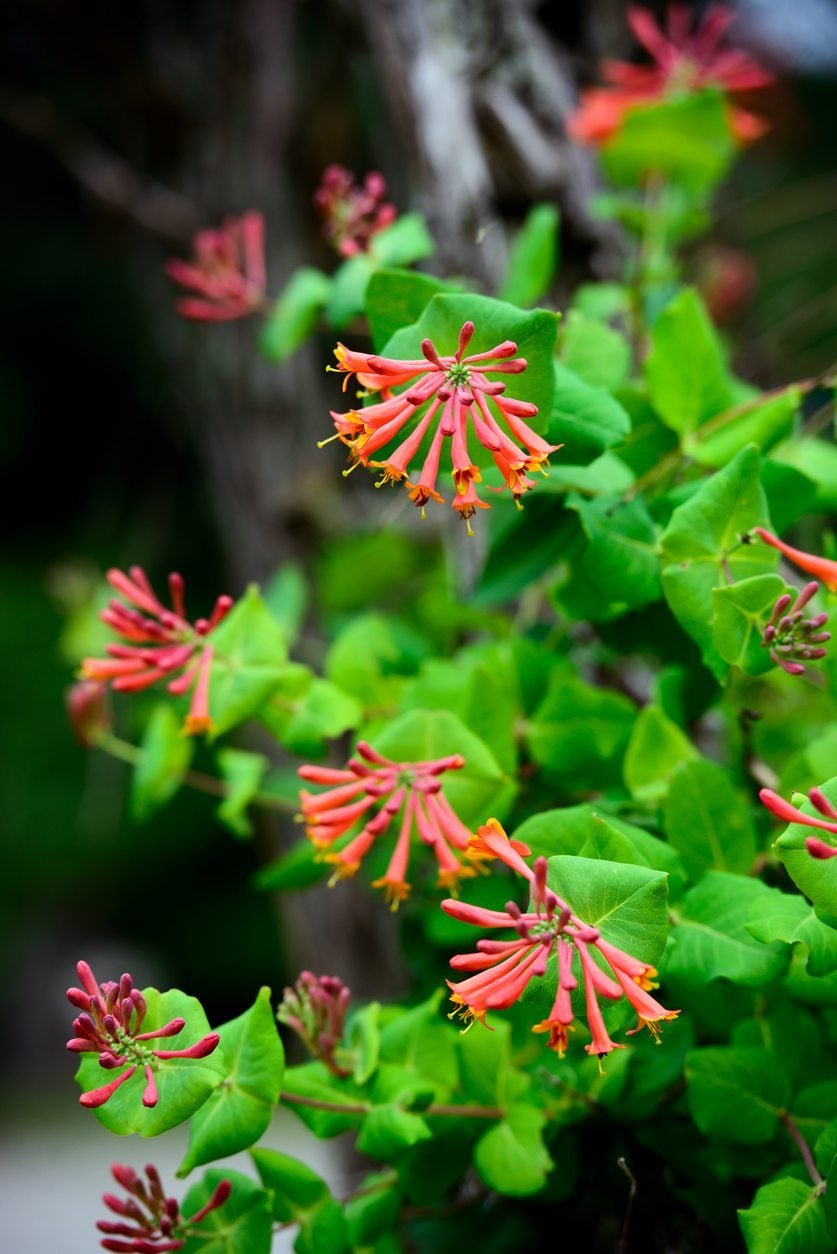 Coral Honeysuckle Info: How To Grow Coral Honeysuckle In The Garden
Coral Honeysuckle Info: How To Grow Coral Honeysuckle In The GardenCoral honeysuckle is a beautiful, fragrant, flowering vine native to the southern United States. It provides a great cover for trellises and fences that is the perfect alternative to its invasive, foreign cousins. Learn more coral honeysuckle info in this article.
By Liz Baessler
-
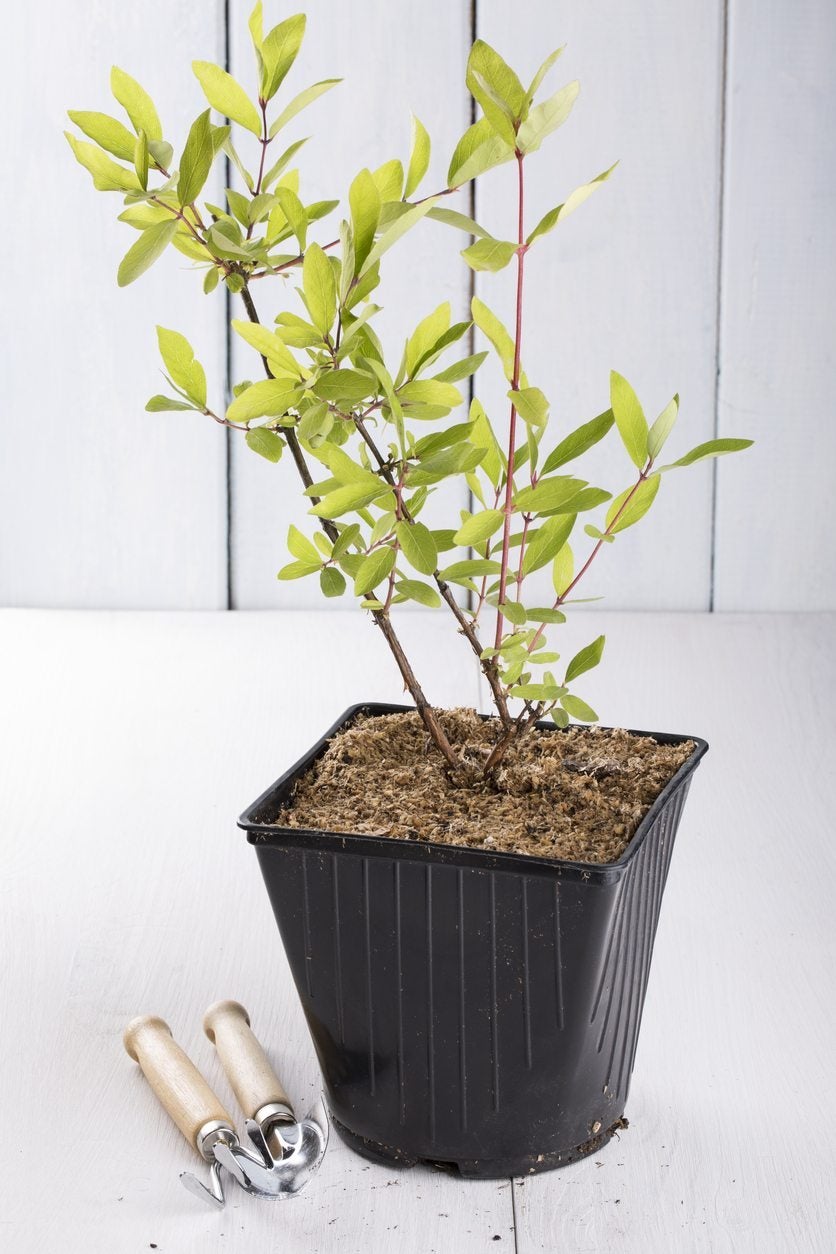 Honeysuckle Seeds And Cuttings: Tips For Propagating Honeysuckle Plants
Honeysuckle Seeds And Cuttings: Tips For Propagating Honeysuckle PlantsThe non-invasive honeysuckle is a desirable garden plant for pretty flowers. Propagating honeysuckle can be done in several ways. To expand the reach of this pretty, shade-creating vine in your garden, follow the tips and guidelines found in this article.
By Mary Ellen Ellis
-
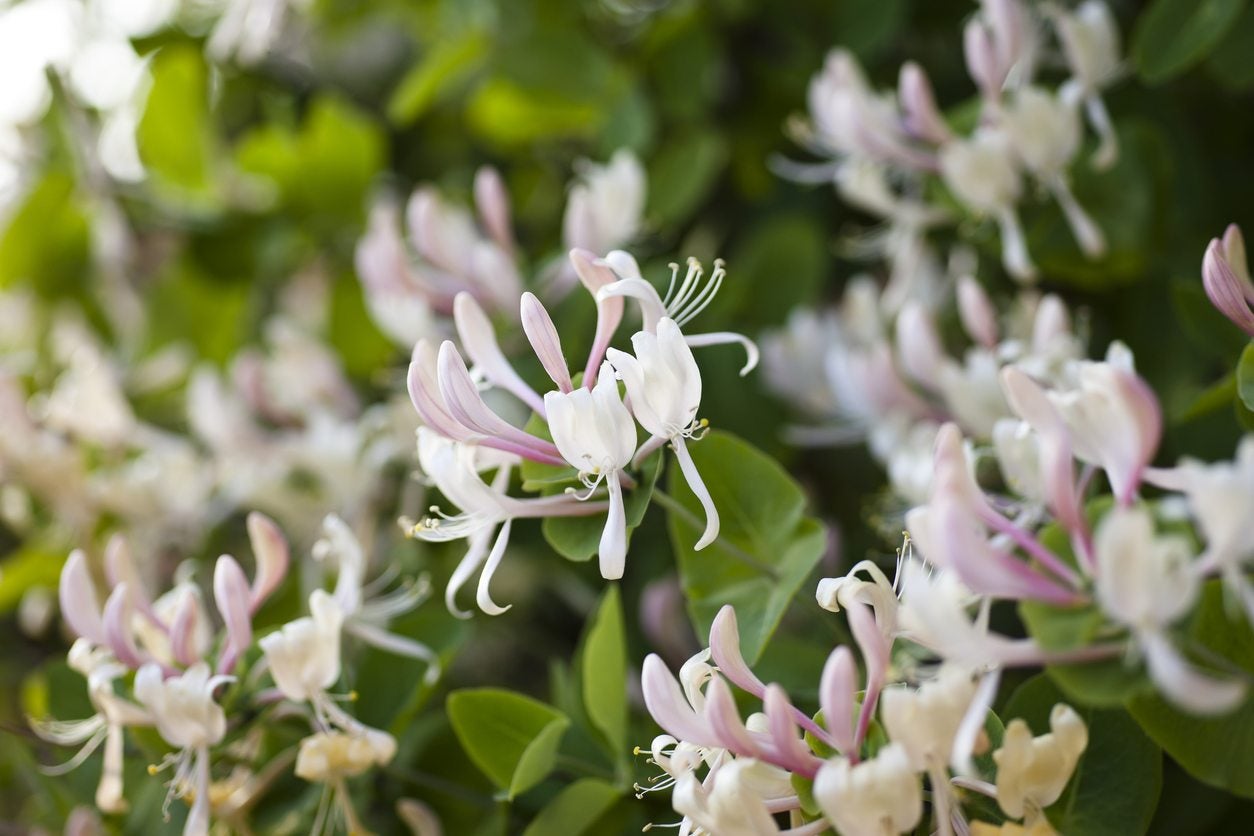 Transplanting Honeysuckles: How To Transplant A Honeysuckle Vine Or Shrub
Transplanting Honeysuckles: How To Transplant A Honeysuckle Vine Or ShrubEven the most attractive plants must be moved around in the garden sometimes. Whether you have a vine or a shrub, transplanting honeysuckles isn't too hard, as long as you know what you are doing. The information in this article will help get you started.
By Teo Spengler
-
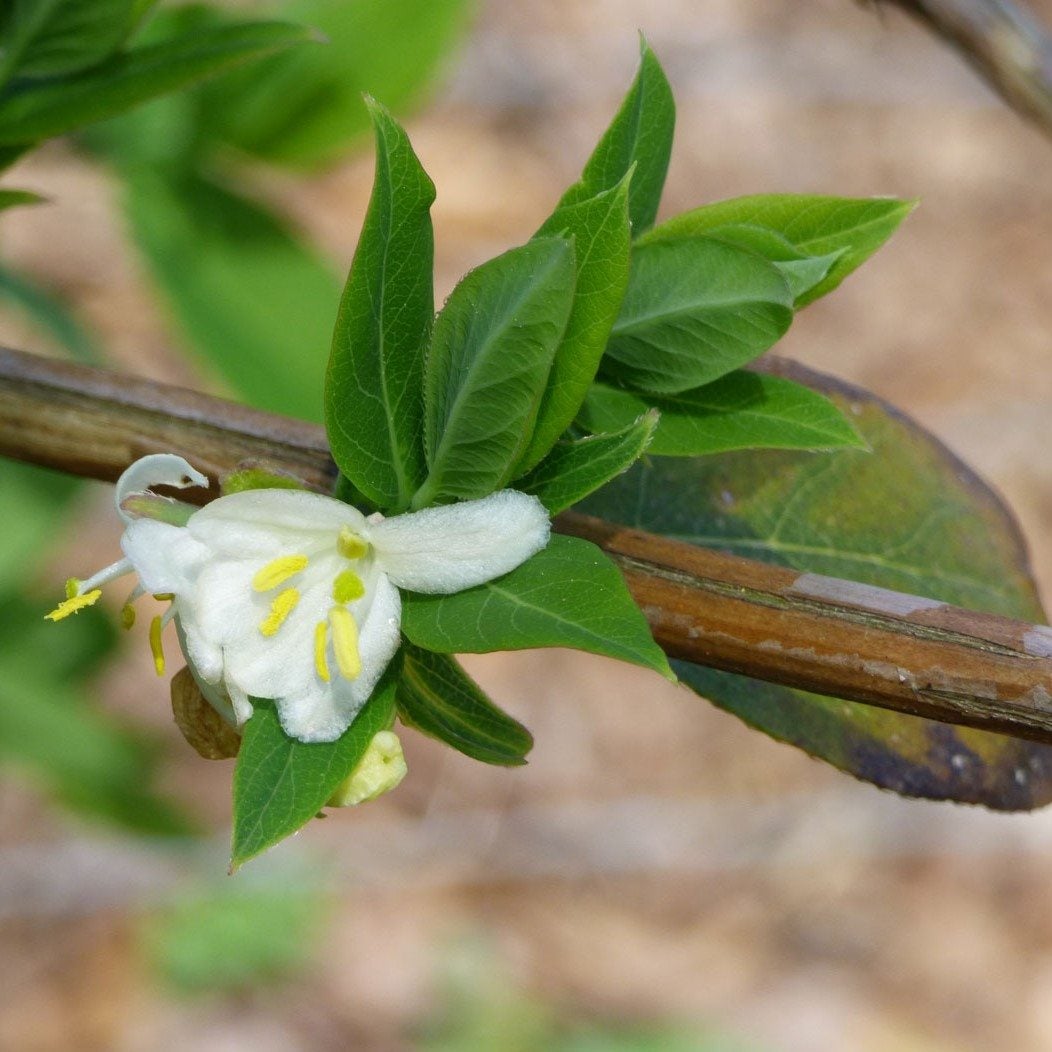 Care Of Winter Honeysuckle: Tips On Growing Winter Honeysuckle Shrubs
Care Of Winter Honeysuckle: Tips On Growing Winter Honeysuckle ShrubsThe winter honeysuckle bush has delightfully fragrant flowers popular with gardeners and landscapers. You can even find unattended stands thriving at crumbling old homesteads and graveyards. Learn more about winter flowering honeysuckle plants in this article.
By Jackie Carroll